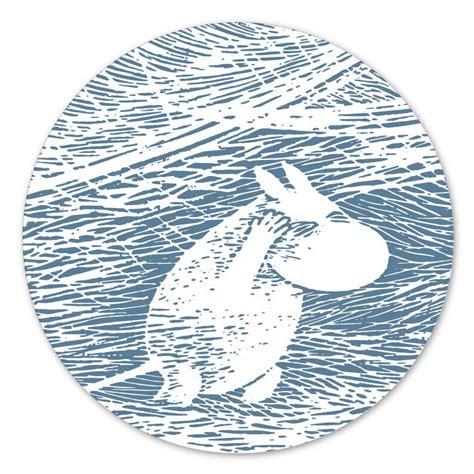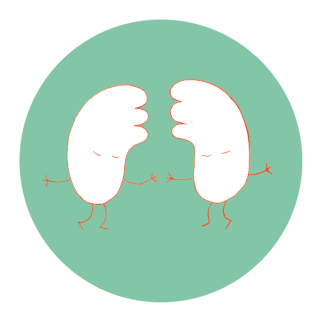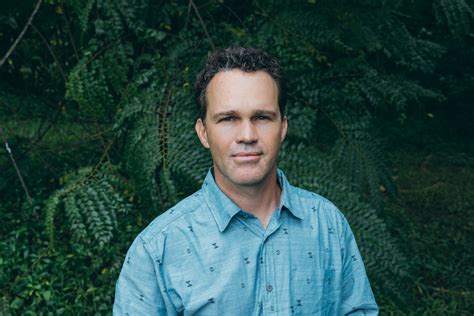Usually, the Moomins sleep through winter but in the story Moominland Midwinter by Tove Jansson, Moomintroll has woken up and ventures out on his own into the snowy landscape. He hopes to find others who are awake like him but finds most of them hibernating. As he plows through the snow, he experiences the joys and hazards of winter and manages to make a few friends along the way. At the end of the story, Moomintroll finds himself alone in a blizzard and a beautiful scene of resistance and surrender ensues. He realises that the blizzard is not only around him or outside of him, but that he is part of it. A dramatic description of what we potentially experience through breathing all the time, being an integral part of the atmosphere we exist in, from one breath to another.
I found this excerpt from Moominland Midwinter through an article in The Marginalian.
Draw Breath
In his book Draw Breath, Tom Granger takes inspiration from an ancient Zen breath meditation practice and reintroduces it in fun and creative ways. Draw Breath is as educational about the breath as it is about meditation, mindfulness, and creativity. What I like most about the book is that it invites curiosity about the breath in a hands-on way and that the exercises are accessible and instantly interactive.
Read MoreBreath Token December 2021
Revisiting our favourite Breath Tokens from 2021
Now that we‘re coming to the end of the year, rather than add a new Breath Token, let‘s revisit a Breath Token that resonated with us, that inspired us or made us discover something new.
“When do I need to take a break?” from October or “What am I willing to let go of?” from July or “How do my lungs feel at this moment?” are favourites of mine, for example.
Let‘s see how we see or hear the questions now, if and how we’d like to explore them again. And if we do, what’s changed and what’s stayed the same?
Let’s meet it with acceptance, let’s meet ourselves with acceptance, receiving ourselves as we are.
I wish you all a good transition into the new year.
Let’s stay in touch. Let’s be breathed.
Why am I so afraid to be me?
“Why am I so afraid to be me?” is a perfect question for our time, I think.
I found it in Dr. Zach Bush‘s introduction to a webinar on the heart, which focuses on education on the vascular system and heart health.
“Why am I so afraid to be me?” could also read “What keeps me from truly engaging with myself?” or “Why don’t I listen to my heart?”
Physically the heart and the lungs work together, interdependently and whatever affects the heart affects the breath as well, and vice versa. But they also work together in terms of how we are in the world. Actually, we are in a state of constant connection, and yet we seem to miss that connection and yearn to experience it. To me, it’s heartwarming and inspiring to hear a medical doctor speak about this in a fully holistic and embodied way:
Read MoreRemain in the water for up to 2 hours on a single breath.
Remain in the water for up to 2 hours on a single breath. If you are a sea snake that is.
It was a delight to discover a BBC video of these elegant creatures gliding through the water.
In order to move in a marine environment, sea snakes have adapted their streamlined shape, narrowing themselves vertically like thin blades. Their lungs extend to almost the full length of their bodies but unlike fish, they don’t have gills and must surface regularly to breathe.
Pneumatron
After having had a cold recently, I went to have a cupping treatment. Cupping is one of the best ways to clear mucus in the upper as well as the middle airways and it’s helpful at the onset, during or after a cold or cough.
Fortunately, my naturopath has a cupping machine called Pneumatron. The Mercedes of cupping machines, so to speak. “Pneumatron” is an excellent name for it, meaning “electronic breath”, pneuma “breath” and the instrumentive suffix –tron “having to do with electrons or subatomic particles”. With the pneumatron, cupping works like breathing, in that the mechanism intermittently creates “a negative pressure through a stretch stimulus which is followed by a relaxation phase with atmospheric pressure.” It thus increases circulation, the movement of all fluids, and supports metabolism.
Read MoreBreath Token November 2021
A breath token is a breathing exploration that I develop for friends & clients and post as a gift.
In 2021 the breath tokens are about our relationship to breathing.
In the current climate, rather than giving instruction, I feel like taking a step back and formulating an open question instead.
The question for this month is: What is my relationship to change?
Most people I know, including myself, want some sort of change to happen, without really liking change or being able to tune into the changes that are already happening. To learn about the nature of change, the breath is a great master. With changing states, changing spaces, as well as exchange, untouched by will or ideology, breath is an expression of how change is life itself.
The first sip of air might well bring death.
In Caesar‘s Last Breath, renowned author Sam Kean tells „the epic story of the air around us“. From the famous analogy that we all breathe some air molecules of Caesar‘s (or indeed anyone‘s) last breath in our lifetime, on to “Earth’s early atmosphere”, the first experiments with oxygen, „nitrous highs“, the democratic behaviour of all gases and the building of bombs, the chemistry of air never ceases to fascinate.
Read MoreBut my lungs are here
Having had two dead teeth pulled recently, I decided to re-watch Six Feet Under, the fabulous TV series about an undertaker family in Los Angeles. I was delighted to learn how the way you breathe affects doing flower arrangements.
After her husband‘s death, Ruth Fisher, the mother of the family, decides to take a job in a flower shop. She loves working at “Blossom d’Amour” but one day her boss Nikolai confronts her about her flower arrangements. He tells her that there have been complaints from customers that her arrangements have a „funereal“ look. Nikolai takes her off the flower arranging and assigns her to work on the register and to do the books instead. Having done the books for the family business for decades, Ruth is furious and takes action by attending a flower arrangement course.
During the course (season 1, episode 11), we see the teacher walking around the workbench where the female participants are finishing their flower arrangements, commenting on each of the creations. When she comes to Ruth, she stops and not only gives her advice on her flower arranging but also on her breathing:
Read MoreThe experience of the breath will make you open to life.
I was happy to learn in the Süddeutsche Zeitung that someone dedicated a book to one of the original German somatic practitioners Carola Spitz.
Christoph Ribbat‘s homage to Carola Spitz is called „Die Atemlehrerin“ („The breath teacher“). Unfortunately it is only available in German but we can learn about Carola Spitz’s teaching in her book Ways to Better Breathing.
Here I‘ve pieced together a loosely translated summary of the book review for “Die Atemleherin” by Johan Schloemann.
„The techniques of mindfulness – a positive, concentrated sensing of the self for the wellbeing of body and mind – do not only originate from a commercialized Buddhism in the US. They were also imported by two Jewish emigrants from Berlin who‘d both been students of the German gymnastic teacher Elsa Gindler. Their names were Charlotte Selver and Carola Spitz (who, once in the US changed her surname to Speads for easier pronunciation).









